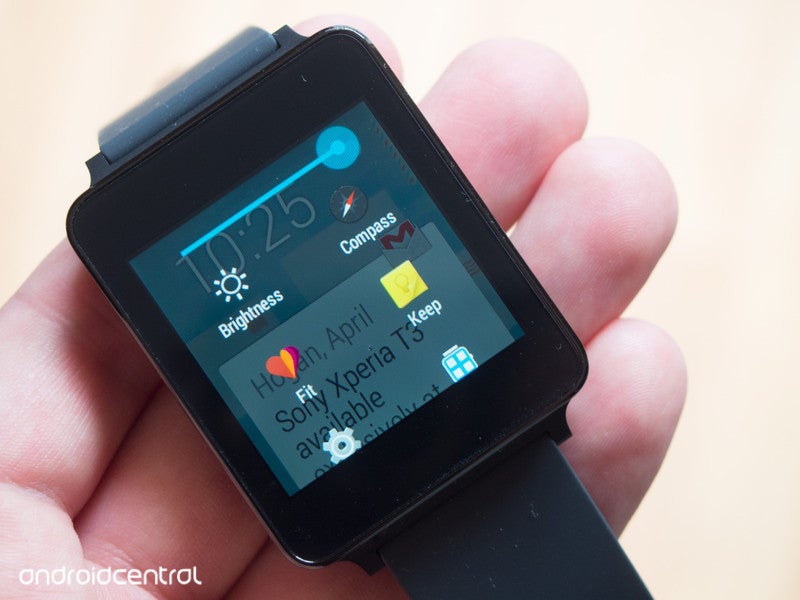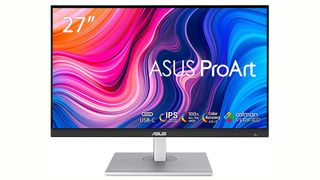

- #Adjust brightness mac mini how to
- #Adjust brightness mac mini Bluetooth
- #Adjust brightness mac mini tv
The mini also has Bluetooth 2.1+EDR and 802.11a/b/g/n Wi-Fi support.Īll the faces of the mini are made of solid aluminium except one. You can choose between a 320GB SATA hard drive or a 500GB unit. The mini has 2GB of 1,066MHz DDR3 memory as standard, spread across two 1GB modules, and it's upgradeable to a maximum of 8GB for a whopping £400. You can quickly swap out the mini's memory by removing the plastic panel on the computer's underside Sadly, Apple hasn't bothered supplying any Core i-series CPUs (we'll probably have to wait until the next refresh for that), but it does provide a choice of 2.4GHz or 2.66GHz Intel Core 2 Duo CPUs, both of which offer performance on a par with mid- to high-end laptops. The mini's internal components have been spruced up, too. The extra width and depth has given Apple room to mount the power supply inside the chassis, which adds considerably to the sleekness of the overall package.
#Adjust brightness mac mini tv
As a result, it's closer in design to the Apple TV than previous minis. It's wider and longer than its predecessor (197 by 197mm, as opposed to 165 by 165mm), but it's significantly flatter - just 36mm tall, compared to 51mm previously. The technique, first used on the MacBook Air and MacBook Pro, gives the mini a classy, contemporary aesthetic that few small-form-factor PCs can match. It's the first mini to use Apple's much-vaunted unibody construction method, whereby the entire chassis is hewn from a solid chunk of aluminium. It does not store any personal data.The mini has always been a looker, but the latest version is a supermodel. The cookie is set by the GDPR Cookie Consent plugin and is used to store whether or not user has consented to the use of cookies. The cookie is used to store the user consent for the cookies in the category "Performance". This cookie is set by GDPR Cookie Consent plugin. The cookie is used to store the user consent for the cookies in the category "Other.

The cookies is used to store the user consent for the cookies in the category "Necessary". The cookie is set by GDPR cookie consent to record the user consent for the cookies in the category "Functional". The cookie is used to store the user consent for the cookies in the category "Analytics". These cookies ensure basic functionalities and security features of the website, anonymously. Necessary cookies are absolutely essential for the website to function properly. Target Display mode is also disabled automatically, if you shut down either computer, or if either the Mac or iMac slips into a sleep state. If you want to stop using your iMac as an external display, then you can exit Target Display mode using the ‘Command+F2’ keyboard shortcut, or by disconnecting the MiniPort or Thunderbolt cable. You can then choose the sound level, using your Mac’s audio keys. Navigate to ‘System preferences… > Sound.’.To hear your Mac’s audio through the iMac speakers: On your Mac, navigate to ‘System preferences… > Displays.’ Make sure the ‘Display’ tab is selected, and then manipulate the ‘Brightness’ slider.Use your Mac’s brightness keys to change the screen brightness levels.If you want to increase your iMac’s screen brightness, you can either: You may also get positive results from restarting your iMac. Log out of your iMac, and then log back in, to see whether this addresses the problem.If in doubt, try disconnecting and then re-attaching the cable. Double-check that the Mini DisplayPort or Thunderbolt cable is properly connected.On the iMac that you want to use as your external monitor, press the ‘Command+F2’ keys, which should launch Target Display manually.If it doesn’t enter this mode automatically, there’s a few fixes you can try: Connect the Mini DisplayPort cable or the Thunderbolt cable to each Mac.Īt this point, your iMac should recognise the digital video signal, and enter Target Display Mode automatically.On your Mac, log into your macOS user account, if you haven’t already.Make sure your iMac and Mac are both connected to a power source, and switched on.Activating Target Display ModeĪssuming you meet all the above requirements, you’re ready to make the connection: You’ll also need to be running macOS 10.6.1 or later. If your iMac has a Mini DisplayPort, then you’ll need a Mini DisplayPort cable.

If it has a Thunderbolt 3 (USB-C) port, then you can connect using the Apple Thunderbolt 3 (USB-C) to Thunderbolt 2 Adapter. If your iMac has a Thunderbolt port, then you’ll need a Thunderbolt cable.
#Adjust brightness mac mini how to
My Time At Portia - How to Upgrade Worktable


 0 kommentar(er)
0 kommentar(er)
